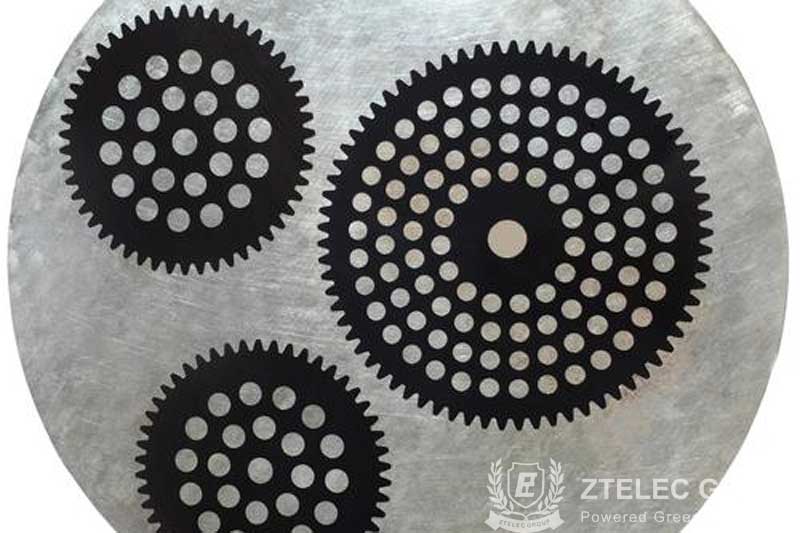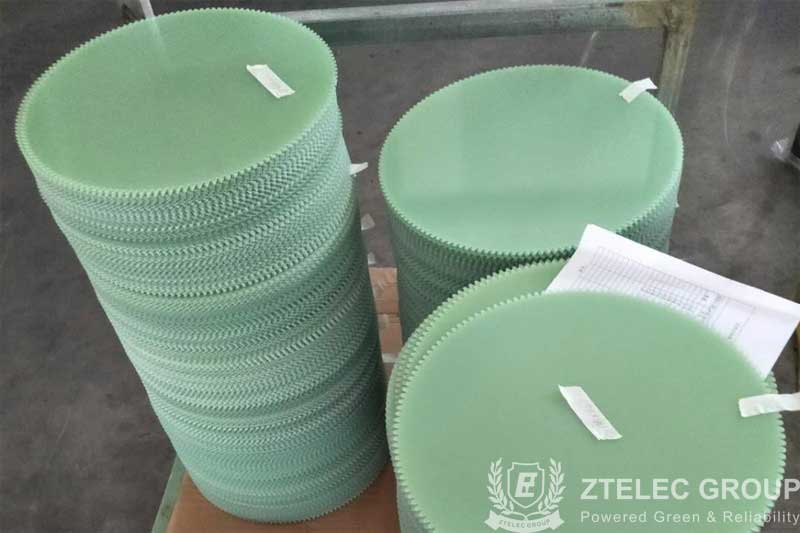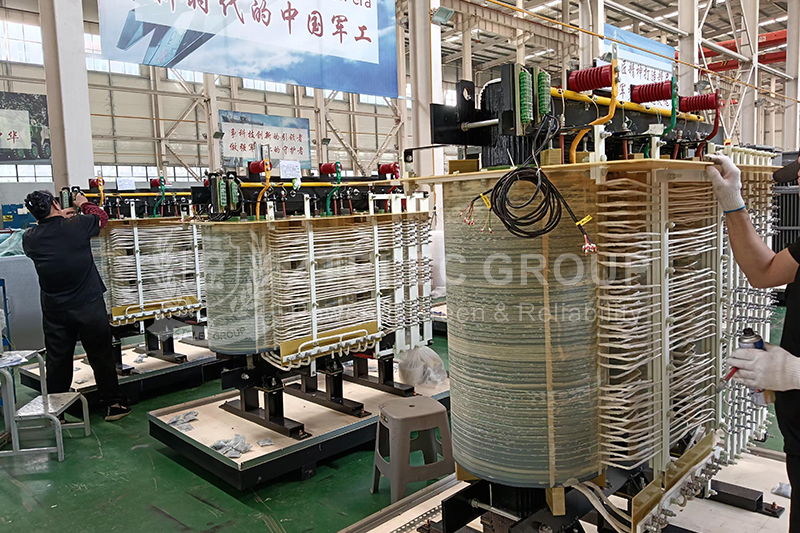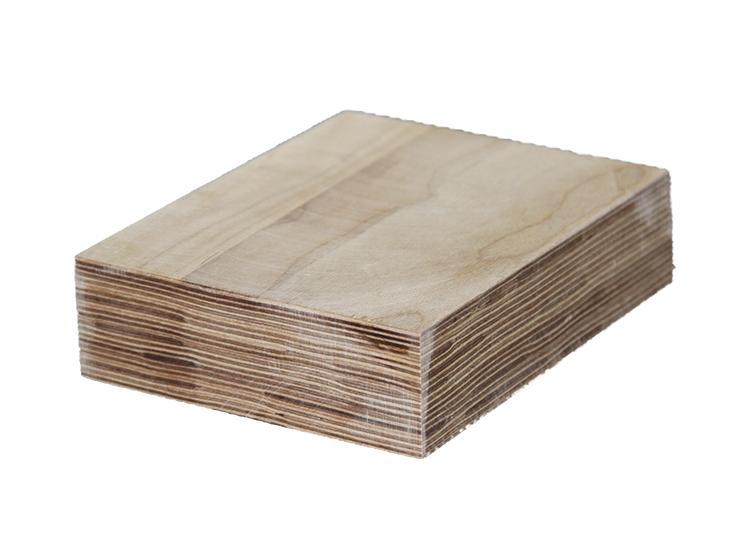Which kind of material of polishing carrier polishes better?
In order to make the surface of the object more perfect, the polishing tool polishing carrier plays an indispensable role. If you are familiar with it, you will know that its processing materials can be divided into two kinds, stainless steel, and epoxy FR4 sheet. In the end which kind of material of polishing lapping carrier has good polishing effect? It has become the topic of many people's attention. To this end, I have compiled some information to satisfy your curiosity.
Stainless steel polishing carrier: as the name implies, it is not susceptible to air, water, acid and alkali ions, chemical corrosion and rust. It has the characteristics of high temperature oxidation resistance, low thermal expansion coefficient, wear resistance, high hardness and high mechanical strength. Here I will do a detailed introduction about its characteristics specifically.

Advantages of stainless steel polishing carrier:
First, wear-resisting. Even if it is polished for a long time, its surface will not suffer significant abrasion. This greatly delays the aging of stainless steel polishing carrier, saving a lot of costs. Compared with the FR4 epoxy plate, its life span is more than 5 times longer.
Two, stable structure. The stainless steel polishing carrier will not deform and the internal stress will not increase due to high temperature.
Third, increase productivity. Because of its wear resistance, its natural life will increase. Replacement is greatly saved and productivity can be improved.
Four, good flatness. The surface roughness of the product is 0.002mm, and the precision of the circumference is ±0.001mm. The product works smoothly without vibration.
Disadvantages of stainless steel polishing carrier:
First, not easy to repair. If there are scratches, stains and other conditions, it is not very easy to repair.
Second, heavy. With the arrival of the lightweight era, the quality of stainless steel polishing carrier is relatively heavy, not easy to process. The epoxy FR4 sheet is a new environmental protection material, which has a great advantage over the stainless steel polishing carrier.
Three, the polished objects have certain wear and tear. It is also because of its high hardness, it will inevitably hurt the polished objects during processing.
Epoxy FR4 sheet polishing carrier: FR4 is one of the epoxy plates. Common color is mainly aqua green, light yellow. It is a kind of environmental protection material. It has good insulation, flame retardant, high mechanical strength, good toughness, high temperature resistance and so on. It's a new type of polishing material.

Advantages of epoxy FR4 sheet polishing carrier:
First, insulation. This point is that stainless steel material does not have. With the huge increase in electricity consumption, today's high pressure up to several thousand volts is a big test for polishing materials. While FR4 epoxy plate parallel layer breakdown voltage (in 90±2℃ transformer oil) : ≥ 40kV, almost no possibility of breakdown.
Second, light weight. Epoxy FR4 sheet polishing carrier is a kind of synthetic plastic, density: 1.70-1.90g/cm3. Easy for manual operation. It saves a lot of manual operation time.
Three, high accuracy. The processing accuracy of the finished product is very high, which can be controlled within 0.02mm. The cutting surface is very smooth and will not have any burr, or even the trace of processing can not be seen.
Four, easy processing. Only by high temperature and hot pressing, epoxy FR4 sheet polishing carrier can be made.
Disadvantages of epoxy FR4 sheet polishing carrier:
Its wear-resisting performance is not as good as stainless steel, which also shows that its life is not as long as stainless steel.
The above is the analysis of the different materials of the two polishing carrier. It may be said that each has his own advantages, and it depends. In general, their polishing effect is good. If you have any questions, welcome to consult ZTelec Group.
- more+releated article
- 2025-10-21Application of K Factor Transformer
- 2025-10-21Detailed explanation about transformer model w
- 2025-10-2010kV Oil-Immersed Transformer Safety: Lightnin
- 2025-10-20What are The Advantages of Phenolic Cotton Clo
- 2025-10-17Are Three-Phase Isolation Dry-Type Transformer
- 2025-10-17G10 Epoxy Sheet: Choosing the Right Specificat
- 2025-10-1610kV Oil-Immersed Transformer Operation Inspec
- 2025-10-163240-B Epoxy Phenolic Glass Fiber Cloth Lamina
- 2025-10-15G10 Epoxy Sheet: The Preferred Insulation Mate
- 2025-10-15Analysis of Energy-Saving and Noise Control Te





